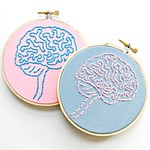
Using Mental Health Apps to Enhance Your Mental Health Journey
November 25, 2023
Living With ADHD: Why It’s More Than Just “Being Distracted”
November 15, 2025Trauma doesn’t just live in the mind — it lives in the brain and body. When we experience something overwhelming, our brain adapts to help us survive. But those same survival patterns can linger long after the danger has passed, shaping how we think, feel, and connect with others.
At Discovering Balance Counseling Services, we help clients understand that these responses aren’t signs of weakness — they’re signs of a brain that’s been working overtime to protect them. Through Schema Therapy, we help the brain and body learn safety again.
The Brain on Trauma
The Amygdala: The Brain’s Alarm System
The amygdala is your internal smoke detector. When it senses danger, it triggers the fight, flight, or freeze response. After trauma, the amygdala can become hypersensitive — it may go off at the slightest hint of threat.
You might notice:
-Feeling constantly on edge
-Being easily startled
-Reacting strongly to criticism or conflict
Over time, the amygdala’s alarm keeps the body in a state of readiness, even when you’re safe.
How Schema Therapy Helps:
Schema Therapy helps retrain this alarm system by exploring the early experiences that shaped it. Through imagery work, rescripting, and emotional repair, the brain begins to understand that what once felt dangerous is no longer a threat.
You develop a stronger Healthy Adult mode — an inner voice that calms and protects you when the alarm sounds unnecessarily.
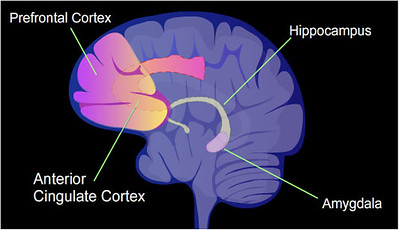
The Hippocampus: The Memory Organizer
The hippocampus helps you tell the difference between the past and the present. During trauma, it can become overwhelmed, storing memories in a fragmented or sensory way — like flashes, sounds, or feelings rather than coherent stories.
That’s why trauma memories can feel as if they’re happening right now, not years ago.
How Schema Therapy Helps:
Schema Therapy uses imagery rescripting to revisit those memories with compassion and safety. The therapist helps you meet your younger self and offer what was missing — protection, understanding, or comfort. This allows the brain to file the memory correctly as “past,” reducing flashbacks and emotional intensity.
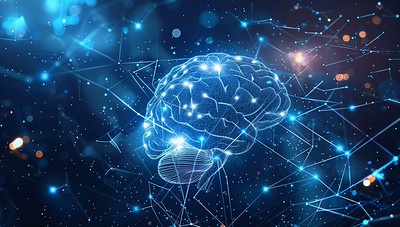
The Prefrontal Cortex: The Thinking Brain
The prefrontal cortex is responsible for logic, self-control, and decision-making. During trauma, it goes offline while emotions take over. Even long after the event, survivors may find it difficult to focus, make decisions, or manage emotions when triggered.
How Schema Therapy Helps:
Through mode work and cognitive awareness, Schema Therapy strengthens the connection between the emotional and rational brain. You learn to pause, reflect, and respond instead of reacting impulsively.
As your Healthy Adult grows stronger, you regain control of your thoughts, choices, and emotional balance.
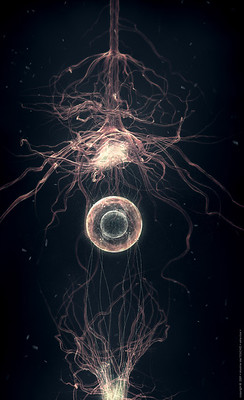
The HPA Axis: The Body’s Stress Response
The Hypothalamic–Pituitary–Adrenal (HPA) axis controls cortisol and adrenaline — the body’s stress chemicals. When trauma is chronic, this system stays stuck in high alert mode, leaving you exhausted, tense, and unable to rest.
How Schema Therapy Helps:
Schema Therapy provides corrective emotional experiences in a safe and supportive environment. Through consistent validation, grounding, and connection, your nervous system learns that it can finally stand down.
You begin to feel calm not just mentally, but physically — a true sign of healing.
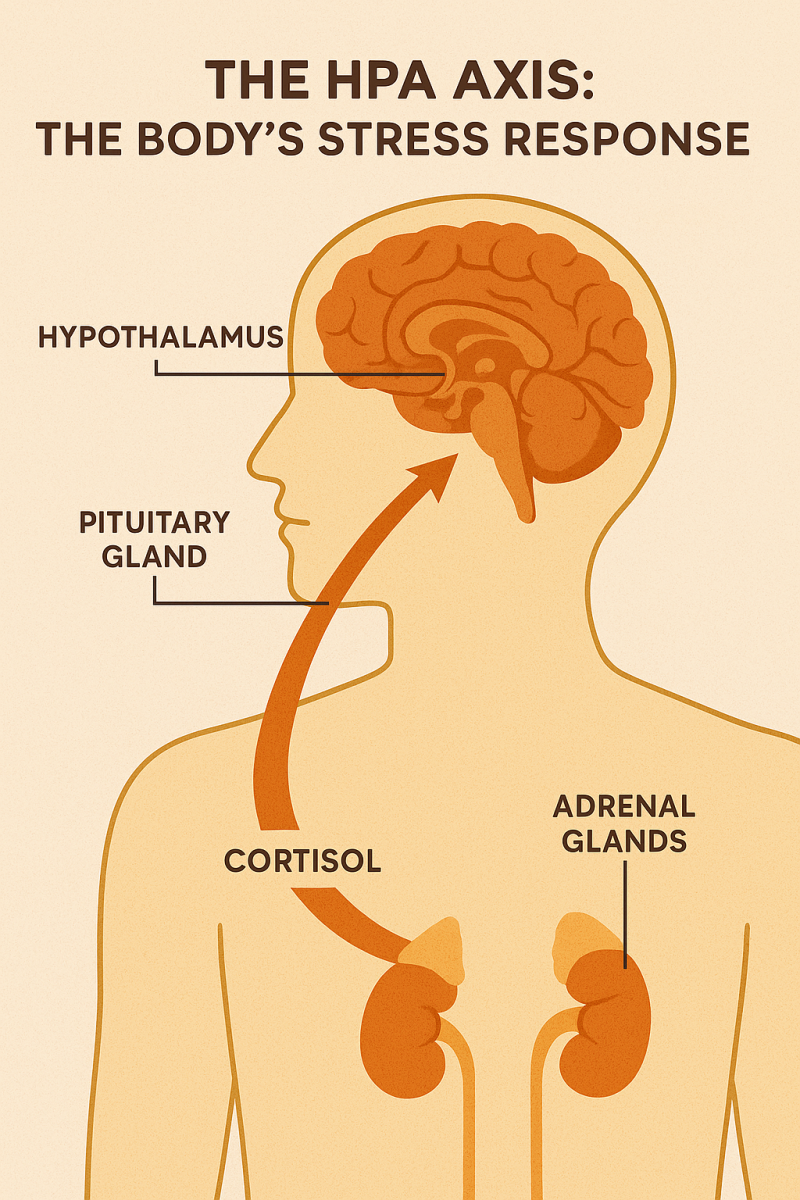
Understanding Modes: The Parts of the Self
Trauma fragments the self. Different parts of us learn to protect, perform, or hide to survive overwhelming experiences. The emotional brain may carry intense feelings, while the thinking brain tries to suppress them. Over time, these protective strategies solidify into “modes” — distinct emotional states that take over in moments of stress, shame, or fear.
In Schema Therapy, we work to understand and integrate these modes so the self can function as a whole again.
In Schema Therapy, we call these modes:
Child Modes
Vulnerable Child – Holds the pain of unmet needs. This mode feels fear, sadness, loneliness, and shame. It represents the part of you that longed for safety, love, and validation but didn’t receive it.
Angry Child – Expresses outrage or frustration when those needs continue to go unmet. This mode may lash out, withdraw, or feel explosive inside when boundaries are crossed.
Impulsive/Undisciplined Child – Seeks immediate comfort or escape without considering consequences. This mode might overeat, overspend, or distract from pain in ways that bring temporary relief but lasting regret.
Coping Modes
Detached Protector – Shuts down, disconnects, or avoids to prevent emotional pain. You might feel numb, “checked out,” or overly focused on work, screens, or logic instead of feelings.
Compliant Surrenderer – Gives in to others’ needs or demands to avoid conflict or rejection. This mode can appear agreeable or selfless, but underneath there’s often resentment or exhaustion.
Inner Parent Modes
Punitive Parent – Replays harsh inner messages like “You’re not good enough,” or “You don’t deserve love.” This mode mirrors early voices of criticism or rejection.
Demanding Parent – Pushes you to achieve, please, or perform perfectly to feel worthy. It may sound productive, but it often fuels anxiety, burnout, and self-doubt.
The Healthy Adult
The Healthy Adult mode is the healing center of Schema Therapy — the balanced, wise part of you that can listen to, comfort, and guide the others. It sets boundaries with the critical or demanding modes, nurtures the child parts, and makes thoughtful, compassionate choices in the present.
When the Healthy Adult leads, the inner system begins to work together instead of against itself.
You begin to feel more grounded, self-aware, and whole — responding to life’s challenges with care rather than fear.wise choices.

Healing the Brain Through Schema Therapy
The brain’s ability to change is called neuroplasticity — and it’s the foundation of recovery. Through repeated experiences of safety, understanding, and self-compassion,
Schema Therapy helps you:
Rewire the brain’s fear pathways
Build emotional regulation skills
Develop a nurturing internal voice
Integrate painful memories into your life story
Over time, the old messages — “I’m unsafe,” “I’m not good enough,” “I’m unlovable” — are replaced with new, healing truths:
“I’m safe now.”
“I am worthy of care.”
“I have control over my life.”
The Takeaway
Trauma changes the brain — but healing changes it back.
Schema Therapy provides a roadmap for rebuilding safety, connection, and self-worth from the inside out.
At Discovering Balance Counseling Services, our trauma-informed therapists help clients reconnect with their Healthy Adult, repair early wounds, and find peace within their own minds and bodies.
👉 Schedule an appointment today to begin your healing journey.

